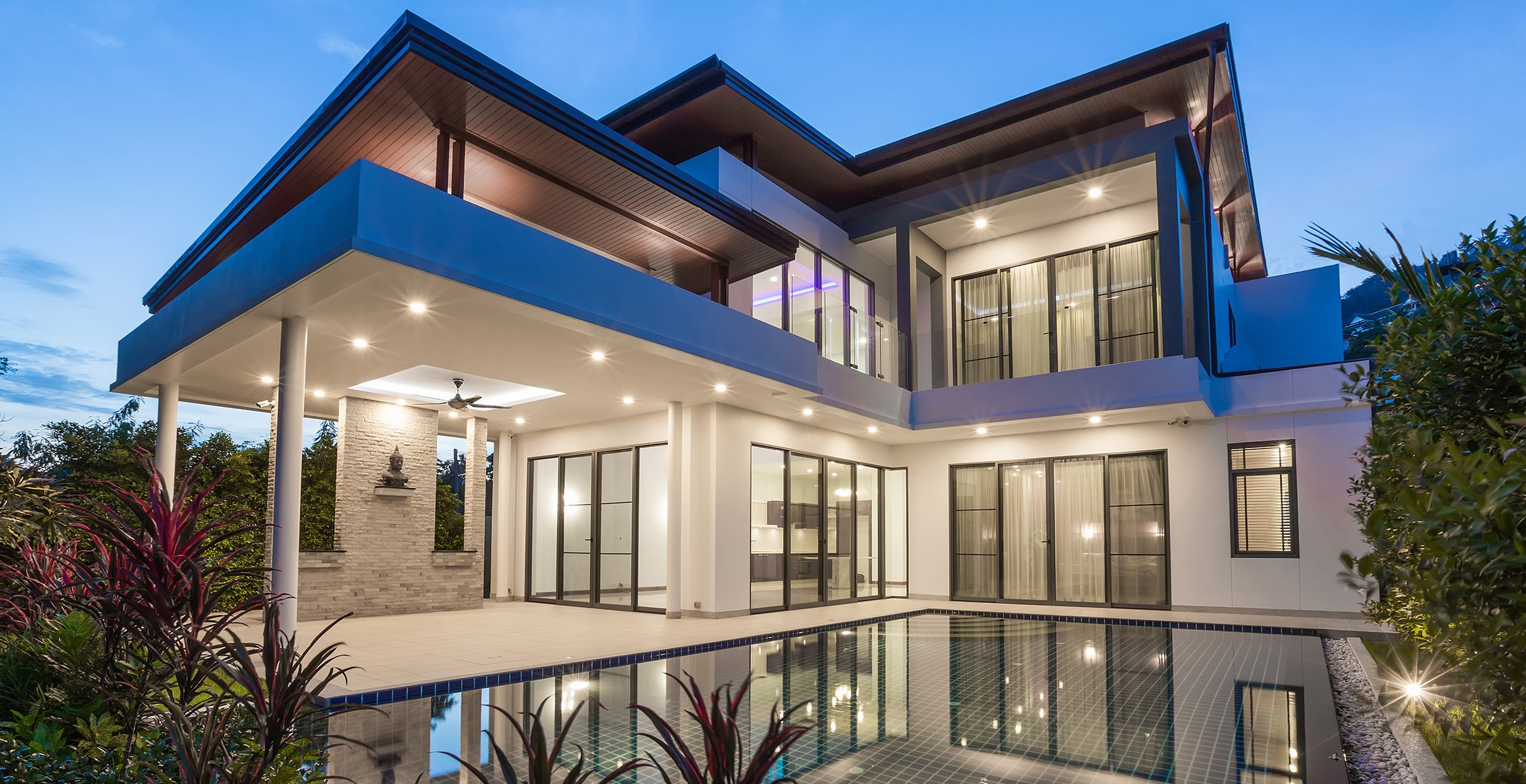October 19, 2023
Incorporating Missing Middle Housing into Master-Planned Communities
From duplexes and townhomes to attached cottages and courtyard apartments, missing middle housing is extremely sought-after and in high demand. Multi-unit homes offer affordability, walkability, livability and diversity and provide ample opportunities for master-planned communities to appeal to a broad range of prospective homebuyers.
Milesbrand recently spoke with Principal and Chief Analyst John Hunt of MarketNsight to discuss the benefits of missing middle housing, why master-planned communities should incorporate multi-unit homes and how implementing these housing types affects society socially and economically.
What is missing middle Housing?
Missing middle housing is called multi-unit or clustered homes that fall between single-family homes and larger apartment buildings. Providing diverse and affordable housing opportunities within neighborhoods, “missing” multi-unit housing types include duplexes, fourplexes, bungalow courts and mansion apartments, which are no bigger than a large house.
Multi-unit housing is integrated throughout most walkable pre-1940s neighborhoods, providing various housing options and generating enough density to support transit and commercial amenities. Most of these housing types were built decades ago. Unfortunately, missing middle building strategies are illegal in most cities today due to restrictive zoning regulations.
Benefits
Integrating missing middle housing into communities provides multiple benefits for the residents and municipalities. According to Hunt, “Missing Middle housing types increase density gently, and don’t overly tax services and infrastructure. These housing types increase affordability and inventory without dropping property values for existing homeowners.”
In addition to providing more affordable housing and boosting inventory, neighborhoods showcasing diverse missing middle housing are typically walkable and highly attractive to prospective homebuyers, including first-time homeowners and active adult retirees.
Master-Planned Communities
While missing middle housing can be a standalone development on an infill block, these housing types are vital additions to master-planned communities. Offering more diverse and affordable options for potential homebuyers, townhomes, courtyard apartments, stacked duplexes and attached cottage homes are ideal for expanding a master-planned community's attractiveness and audience range.
“Master-planned communities are walkable and provide access to schools, amenities and shopping; this is ideal for missing middle housing,” mentions Hunt. “Plus, there is less need for rigid parking requirements, such as garages.”
Economic and Social Aspects
When developing missing middle housing, there is often concern from NIMBYs about the impact that lower priced, more attainable homes may have on property values in surrounding areas. However, well-crafted Missing Middle housing units, in most cases, increase property values. While most individuals focus on the sales price, the key figure to look at is actually price per square foot. Hunt comments, “Our experience is that duplexes, townhomes and quads often command higher prices per square foot than single-family products. That translates into higher property values and more bang for the buyer’s buck.”
Policy and Regulation
Developers face many challenges when attempting to implement missing middle housing within master-planned communities, with the greatest difficulty being zoning restrictions. “The good news is that we’ve seen more movement recently in communities wanting to battle affordability issues and being more open to missing middle housing types, but there is a long way to go,” says Hunt. More community leaders are becoming aware of the benefits of Missing Middle housing, and builders and developers are pointing to better housing values and understanding the critical need for multi-unit inventory in most markets.
In today’s market, missing middle housing types are illegal in most cities across the country and have been for more than 100 years. Hunt expresses, “A livable mix of single-family homes, duplexes, quads and apartments is not allowed in most places, and it’s a shame because that’s how vibrant, walkable, neighborly communities were developed before World War II.”
Advice and Recommendations from John Hunt of MarketNsight
Since 2018, MarketNsight has been at the forefront in advocating missing middle housing to city officials, developers and builders. Hunt encourages municipal officials to thoughtfully consider the benefits of having a walkable, sellable and valuable blend of property types, including duplexes, fourplexes, ADUs and many more. “Officials and developers alike should look at the biggest buyer groups in the market today, such as Baby Boomers and Millennials, and understand that both generations are looking for livable homes and neighborhoods,” explains Hunt. “Builders and developers can continue to create an exceptional variety of product lines for all homebuyers, but they must be allowed to build them.”
Perfectly Brand Your Master-Planned Community with Milesbrand
Incorporating missing middle housing within your master-planned community is an incredible way to appeal to multiple target markets and boost the neighborhood's affordability. Real estate developers and builders must understand the benefits, impact and challenges of offering missing middle housing before proposing the development to cities and municipalities.
At Milesbrand, we understand the importance of effectively branding a master-planned community. Our talented team of professionals hold the knowledge, expertise and experience to turn your land into a brand that attracts the ideal potential homebuyer and seamlessly aligns with the community’s overall promise. To learn more about our services, contact us today!












